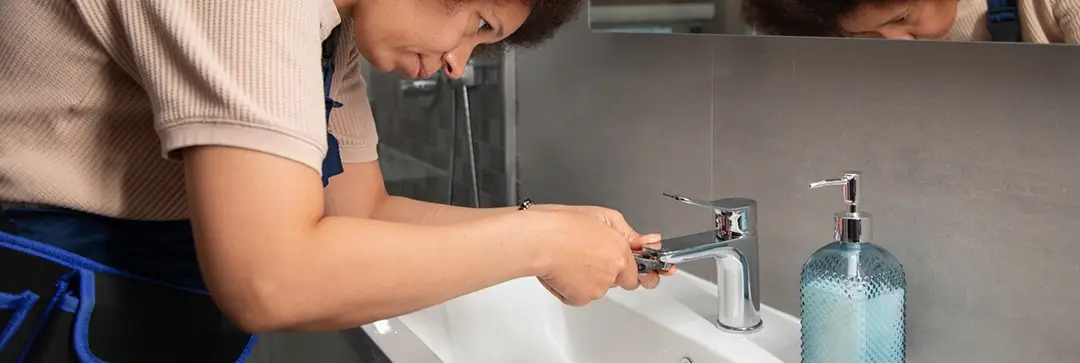Troubleshooting Tips for Plumbing Issues
Dealing with plumbing issues can be frustrating, but understanding how to troubleshoot common problems can save you time, money, and stress. Whether you’re dealing with a leaky faucet, low water pressure, or a clogged drain, here are some steps to help you identify the issue and find solutions:
1. High Water Usage (or Water Bills)
Listen for Dripping Sounds: Even a small drip from a faucet can add up to significant water waste over time. Listen carefully for dripping sounds, especially during quiet moments in your home. Inspect for Leaks: Look along the baseboards near plumbing fixtures for evidence of leaks. Corroded pipes, loose fittings, or cracks can cause continuous water loss. Check Under Vanities and Sinks: Use a flashlight to examine exposed pipes for droplets of water. Wetness along the lower sections of pipes may indicate leaks.

2. Slow Drains and Clogs
- Observe Water Movement: If your toilet or sink drains slowly, it could be due to a clog. Flush the toilet and watch the water level. A restricted house trap or drain line may be the culprit.
- Use Natural Cleaners: Clear minor clogs using natural cleaners like baking soda and vinegar. Avoid harsh chemicals that can damage pipes.
- Inspect Vent Lines: Blocked vent lines can cause slow drainage. Check for obstructions or debris in vent pipes.

3. Noises from Toilets and Bathrooms
- Listen for Unusual Intervals: If your toilet runs at odd times without recent flushing, there may be a seal leak. Sticking flush valves and leaking seals waste water continuously.
- Check Supply Valves: Leaking supply valves on lavatories and commodes can be fixed by adjusting the packing nut slightly clockwise.
Don't forget, prioritize safety! If you're uncertain or the issue continues, reach out to Home Renovation 4U for assistance. Keeping up with regular maintenance and addressing plumbing problems promptly can save you from bigger troubles later on.


